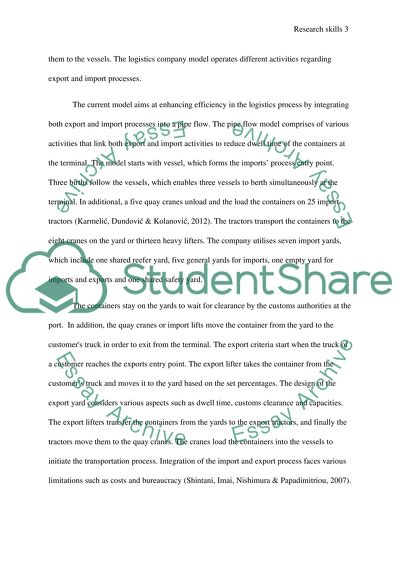Cite this document
(“Research skills Essay Example | Topics and Well Written Essays - 2250 words”, n.d.)
Retrieved from https://studentshare.org/miscellaneous/1679633-research-skills
Retrieved from https://studentshare.org/miscellaneous/1679633-research-skills
(Research Skills Essay Example | Topics and Well Written Essays - 2250 Words)
https://studentshare.org/miscellaneous/1679633-research-skills.
https://studentshare.org/miscellaneous/1679633-research-skills.
“Research Skills Essay Example | Topics and Well Written Essays - 2250 Words”, n.d. https://studentshare.org/miscellaneous/1679633-research-skills.


